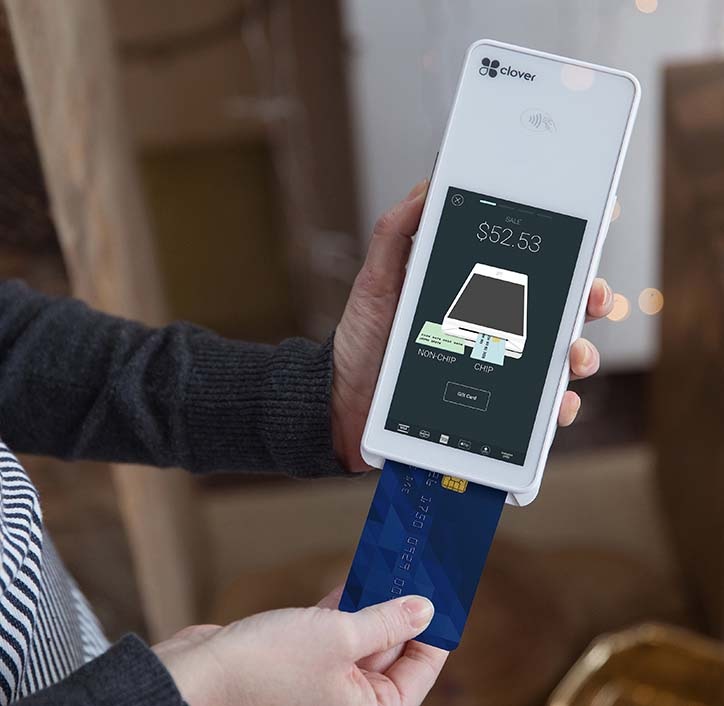
Millions of credit card transactions take place between businesses and consumers every day. Although the entire process of the transaction takes seconds, it is quite a complicated process. As a business owner, it is imperative to understand the entire process from beginning to end to understand how each transaction makes its way from the consumer to the business bank account.
Step 1: The Consumer to Merchant
The process is initiated when a customer uses their credit card or debit card to make a purchase. In brick and mortar stores, where the customer and the card are present, the customer swipes their card through a point of sale system or a card reader. When a point of sale system or card reader isn’t present, the card can be handed over to the merchant to complete the transaction. When a customer is making a purchase online, they input the necessary card information into a payment gateway system that the merchant has chosen to collect information for online payments.
Step 2: Merchant to Credit Card Processor
The credit card processor is typically a third party company or bank that provides service for these types of transactions. The credit card processor provides a line of communication between the business and card network that has issued the card to the customer. All the detailed information regarding the purchase is passed through the processor to the issuing card network.
Step 3: Card Network to Consumer Bank
The process then moves along to the consumer bank. In credit card transactions, the communication takes place between the card network and the bank that has granted the card holder’s credit limit. For debit card transactions, this is the consumer’s personal bank.
Step 4: Consumer Bank to Card Network
The consumer bank determines if the customer has the credit or funding to pay for the purchase. If funding is available, then the purchase will be approved. If funding is not available, the purchase will be declined. This decision is then sent back to the card network.
Step 5: Card Network to Credit Card Processor
Once the card network has been notified by the issuing bank whether the transaction has been approved or declined, the card network communicates this decision to the third-party credit card processor.
Step 6: Credit Card Processor to Business
The credit card processor receives the approval or decline response. The credit card processor sends this notification through the business’s point of sale or card reader. Traditionally, the message “Approved” or “Declined” appears on a screen so the customer and merchant can visibly see that the sale has been successful or unsuccessful. Once the transaction is completed successfully, the customer is able to take their goods and leave the store and the merchant can expect the payment to reach their business account in a few days. During an online transaction, the customer will often see a message displayed that their payment was successful or unsuccessful.
Interesting Things to Note
Whether online or in-person, credit card processing only takes seconds from start to finish. Credit card processor companies, like PayPal and Square, make their money by collecting a small percentage from the actual amount of the sale. However, in recent years acquiring banks have become efficient credit card processors as well, like Wells Fargo and Chase. Despite the fact that customers may see the transactions right away via an online account statement, merchants often do not collect the money from the issuing banks for up to four days from the time of sale.
